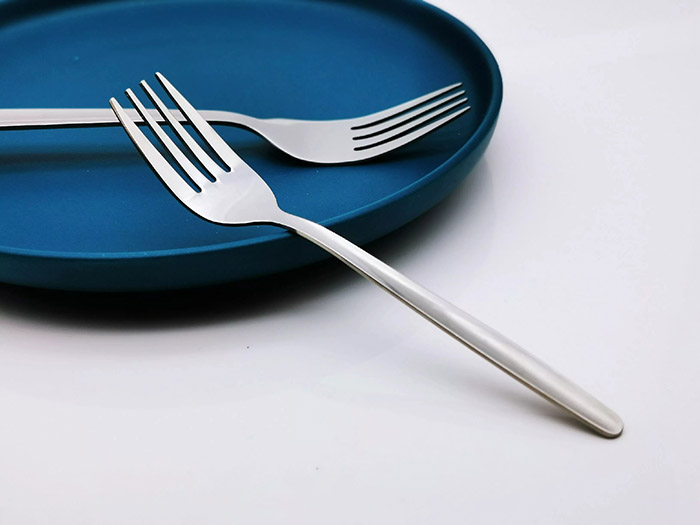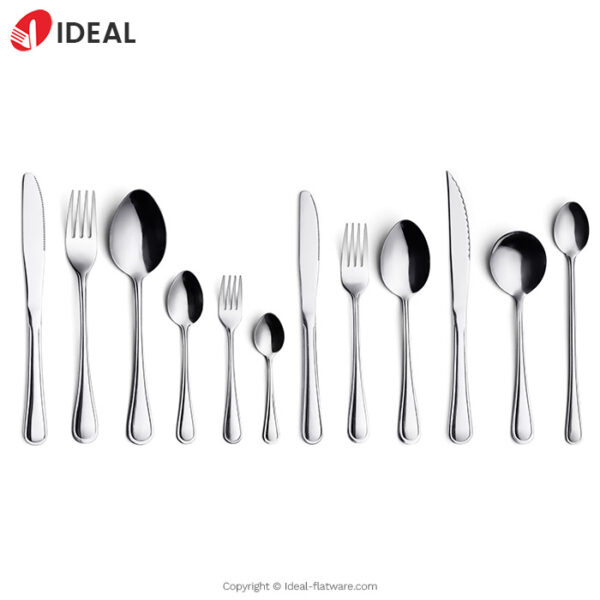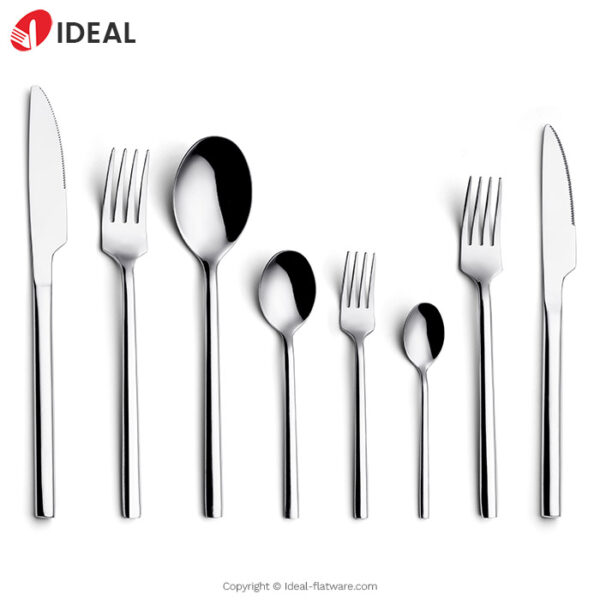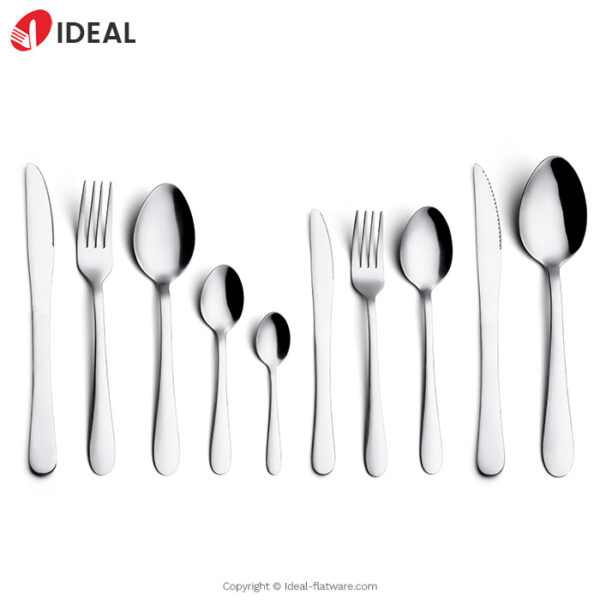Roostevabast terasest lauanõusid otsides on oluline teada, mida eristatakse 18/10 ja 18/0 klassi roostevaba terase vahel.
Kui need salapärased numbrid panevad teid pead kratsima ja mõtlema, mida need tähendavad, siis lugege edasi. Palun ärge andke alla.
See ei ole nii keeruline või raskesti mõistetav, kui võib tunduda.
Lihtsamalt öeldes näitavad väärtused "18/10" ja "18/0", kui palju kroomi ja niklit sisaldab roostevaba teras vastavalt.
- Tänu oma kõvadusele ja plekikindlusele kasutatakse kroomi, tugevat valget metalli, roostevaba terase ja muude sulamite valmistamiseks.
- Nikkel on korrosioonikindel hõbevalge metall, mida kasutatakse sageli teiste metallide katmiseks, sest see on läikiv.
- Roostevaba teras 18/10 koosneb 18% kroomist ja 10% niklist.
- Roostevaba teras 18/0 koosneb 18% kroomist ja 0% niklist.

Tunnistage erinevust
Nii et ühel on nikkel, teisel aga mitte? Mis on tegelik erinevus?
Läige ja majanduslik väärtus on kaks peamist erinevust 18/10 ja 18/0 lamedate nõudede vahel.
Nii kroomil kui ka niklil on plekikindlad omadused. Kroom üksi ei ole usaldusväärne roostekindel materjal. Nikliga kombineerituna saavutab see suurema tõmbetugevuse. Nikliga kombineerituna on ka säravam ja poleeritum välimus. 18/10 esemed on seetõttu tavaliselt kallimad.
Roostevaba teras, nikliga või ilma, on väga vastupidav söögiriistade materjal. 18/0 materjalide õrn läige ja odavus teevad neist suurepärase valiku nii mitteametlikesse restoranidesse kui ka paljudesse suure mahuga ettevõtetesse.
Üldiselt soovitame enne parima kroomi/nikkelisegu valimist kaaluda oma nõudmisi ja seda, kui sageli esemeid kasutatakse.
18/10
- pimestav sära
- Roostekindel materjal
- Pikaajaline konstruktsioon
- Lihtne hooldada
18/0
- Pehme sära
- Niklisisaldus puudub.
- Disain, mis on odav, kuid kaldub värvimuutustele






